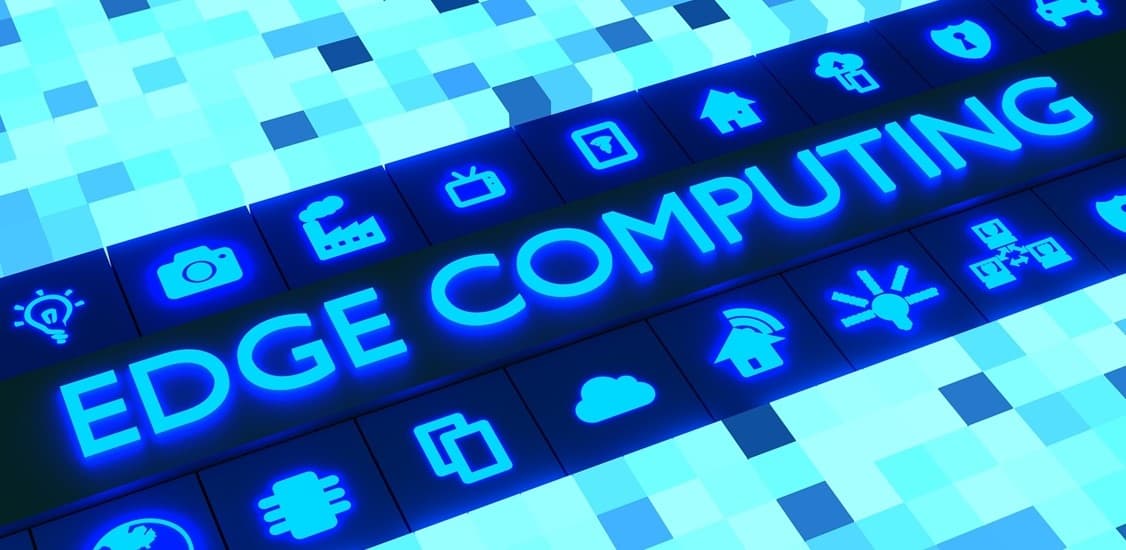It’s been uttered time and again – 5G isn’t just another G. It will usher in a new era of connectivity, acting as the catalyst for applications like AR/VR, V2I and V2V communications and the IoT.
The telecoms industry moves fast, and in the midst of updating legacy networks and evolving to SDN, operators are simultaneously planning their 5G deployments. The industry is rethinking network infrastructure as we know it, and a major component of this is building this out at the edge, removed from the network core where carriers have become accustomed to processing.
By upgrading the network with edge deployments, operators will see more flexibility and be in a better position to keep latency down while supplying the connectivity and bandwidth needed for key 5G applications. This is called Multi-access Edge Computing (MEC), and calls for service providers to structure their networks and include computing resources closer to the edge.
Moving towards the (smart, multi-access) edge
Why is MEC so integral to 5G infrastructure? It all comes down to efficiency, and edge computing provides the majority of compute and processing power right where the customer needs it.
The requirements for 5G will place great pressures on the network. In order to deliver the low-latency/high-bandwidth connectivity required to power autonomous vehicles and enable remote surgery, for example, operators shouldn’t have data travelling all the way to the network core for analysis and decision making. Travelling across the network itself increases latency and the response time to the delay sensitive applications, such as mission-critical applications and the ones mentioned above where anything but real-time is unacceptable.

The industry is already convinced by the power of MEC. Trials have shown just how crucial it is to enabling live, real-time video streaming and connectivity in crowded areas like stadiums, for example. When operators run their applications and data analytics services at the edge, they can hugely reduce the amount of data traffic running across the network. Operators also have the ability to dial up and down network functions to accommodate user demands. This is a win-win for customers, operators and application vendors since it cuts costs while still allowing for other applications to transfer data.
Ahead of 5G, the distributed nature of MEC nodes in 4G and LTE networks allows operators to support high volumes of connected devices and the data transfer that accompanies them, today. However, when 5G is rolled out, mobile operators will be able to quickly and effectively deploy new revenue generating services for content delivery, Internet-of-things (IoT) connectivity, retail and enterprise applications.
Network slicing as a MEC-enabler
In discussing 5G MEC, it’s difficult not to mention network slicing. Virtualized fixed networks will frequently utilize network slicing to help deliver ROI from the data travelling across the network. With 5G networks, operators can use network slicing to partition one physical mobile network into multiple virtual networks, increasing network elasticity and delivering on unique SLA profiles. Allocating appropriate slices to applications and service flows running in MEC will more easily provide the appropriate latency or bandwidth capabilities for a particular use case – whether that’s real-time video streaming or V2V communications.
When it comes to enhanced mobile broadband (eMBB), slicing will be crucial in aggregating the best, most scalable aspects of the core, as well as the data processed at the edge, to ensure 5G services are not compromised by latency and poorly managed network traffic.

Balancing the load between edge and core
It’s no secret that today’s networks will need to undergo some drastic changes to accommodate 5G, whether that’s future-proofing now or taking a wait and see approach. And while MEC will surely be a savior for many of the latency-sensitive applications served by 5G, it’s not a 5G panacea. The network core remains important as many services, especially those with looser latency requirements, will still have data navigating across the network and to the core for processing.
In fact, MEC is most effective when utilized as a complementary methodology to existing solutions in the network core. When MEC is overused, it can become a costly alternative. Central intelligence and management is needed, not only to oversee operations and direct the network elements, but also to disperse the data traffic. At the same time, operators have to manage the “groundhog” effect where services often arise on one side of the network and then appear on the other side. Each of these instances highlights a need for dynamic and assured connectivity – at the core. To strike this balance and “connect the edges”, some may consider a data-centric approach - using a dynamic virtual network layer over the current installed base. However, this method is unreliable since virtual overlays lack the assurance that is essential for premium 5G services.
Without increased activity at the edge to handle the amount of analysis, data and processing for high-bandwidth, low-latency applications, 5G quickly falls short of its promise. But we can’t forget the unparalleled dynamicity of the network core. For 5G to reach its full potential, and applications like IoT, V2V/V2I communications and real-time video streaming to truly shine, operators must complement core networking with ultra-reliable, resource-friendly MEC solutions.


















